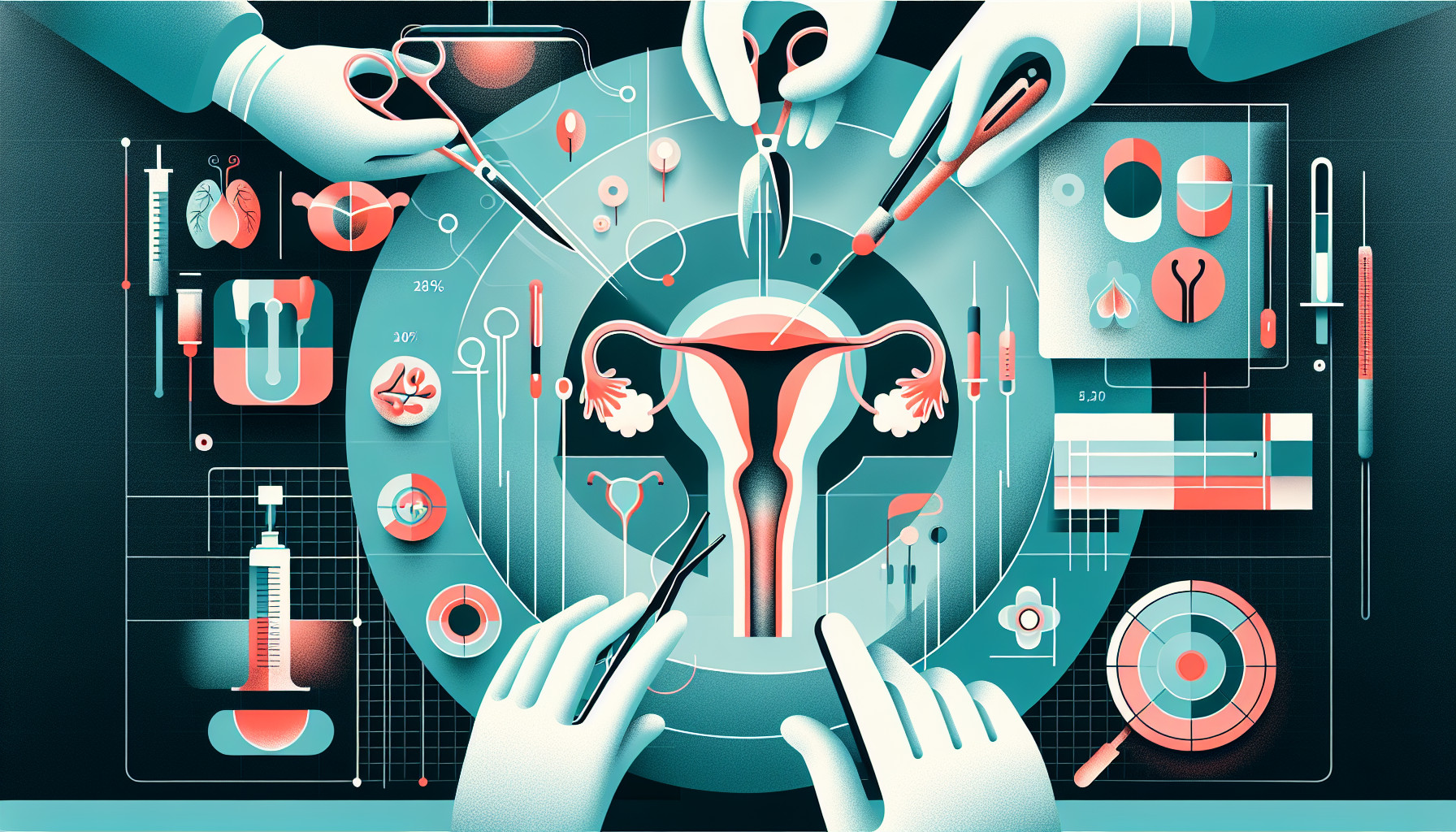Our Summary
This research paper looks at whether the number of endoscopic treatments (a procedure using a special instrument to look inside the body) for urethral stricture disease (a narrowing of the tube that carries urine from the bladder out of the body) has changed since new guidelines were introduced.
These guidelines, presented in May 2016 by the American Urological Association (AUA), recommended considering a different surgical procedure called urethroplasty after only one failed endoscopic treatment.
The researchers looked back at records from several hospitals between 2006 and 2017. They found that the number of endoscopic treatments before urethroplasty decreased both before and after the new guidelines were introduced.
This suggests that the decrease in endoscopic treatments is not solely due to the new guidelines, as the number was decreasing throughout the whole period studied. More research is needed to see if this trend will continue and to understand why urethroplasty isn’t used earlier in patients with urethral stricture disease.
FAQs
- What is the purpose of the research paper on urethroplasty?
- What was the American Urological Association’s (AUA) 2016 guideline regarding endoscopic treatments for urethral stricture disease?
- Did the number of endoscopic treatments decrease after the introduction of the 2016 AUA guidelines?
Doctor’s Tip
A helpful tip a doctor might tell a patient about urethroplasty is to make sure to follow all post-operative instructions carefully to ensure proper healing and to reduce the risk of complications. This may include avoiding strenuous activities, keeping the surgical area clean, and taking any prescribed medications as directed. Additionally, it’s important to attend all follow-up appointments with your doctor to monitor progress and address any concerns.
Suitable For
Patients who are typically recommended for urethroplasty are those who have failed endoscopic treatments for urethral stricture disease. In particular, patients who have undergone one failed endoscopic treatment and continue to experience symptoms may be considered for urethroplasty as recommended by the AUA guidelines. Additionally, patients with complex or recurrent strictures, long strictures, or strictures in certain locations may also be recommended for urethroplasty. Ultimately, the decision to recommend urethroplasty will depend on the individual patient’s specific circumstances and the recommendations of their healthcare provider.
Timeline
Before urethroplasty:
- Patient experiences symptoms of urethral stricture disease such as difficulty urinating, frequent urinary tract infections, and weak urine stream.
- Patient undergoes endoscopic treatments to widen the narrowed urethra.
- If endoscopic treatments fail, patient may undergo multiple repeat procedures.
After urethroplasty:
- Patient is evaluated by a urologist and recommended for urethroplasty surgery.
- Patient undergoes urethroplasty, a surgical procedure to remove the narrowed portion of the urethra and reconstruct it using tissue from another part of the body.
- Patient undergoes post-operative care and recovery period.
- Patient experiences improved urinary flow and relief from symptoms of urethral stricture disease.
What to Ask Your Doctor
Some questions a patient should ask their doctor about urethroplasty include:
- What are the potential risks and complications associated with urethroplasty?
- How long is the recovery period after urethroplasty and what can I expect during this time?
- Will urethroplasty completely resolve my urethral stricture disease or are there chances of recurrence?
- Are there any alternative treatments to urethroplasty that I should consider?
- What is the success rate of urethroplasty in treating urethral stricture disease?
- How experienced are you in performing urethroplasty procedures?
- What type of anesthesia will be used during the procedure?
- How long will the procedure take and will I need to stay in the hospital afterwards?
- Will I need to make any lifestyle or dietary changes after undergoing urethroplasty?
- Are there any long-term effects or considerations I should be aware of after having urethroplasty?
Reference
Authors: Moynihan MJ, Voelzke B, Myers J, Breyer BN, Erickson B, Elliott SP, Alsikafi N, Buckley J, Zhao L, Smith T, Vanni AJ. Journal: BMC Urol. 2020 Jun 13;20(1):68. doi: 10.1186/s12894-020-00638-x. PMID: 32534592
